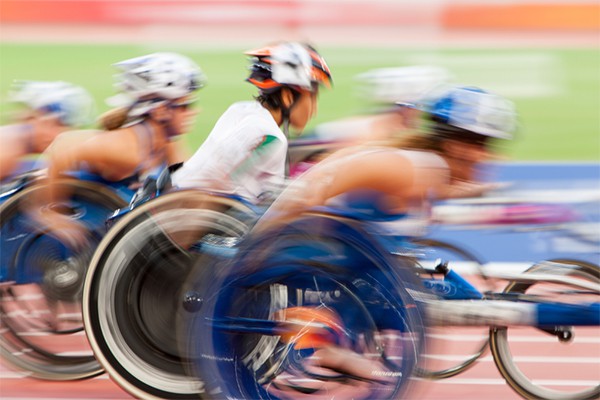I have spent the last few weeks been amazed by the incredible achievements shown during the Rio Paralympics games and it got me thinking about how technology has helped these athletes unlock their sporting potential.

The Paralympics was started as an annual competition for World War II veterans with spinal injuries at Stoke Mandeville Hospital in Aylesbury, UK. It has evolved from a competition for wheel chair athletes to a major sporting event with 23 sports over 528 events in Rio 2016 and 4350 athletes competing from 160 countries.
Many broadcasting and media channels have referred to these athletes as superheroes which has received mixed feelings from the athletes themselves but one thing that cannot be disputed is how, since it started, the Paralympics has changed perceptions of what can be achieved. It has also created opportunities that for athletes taking part in competitive sport, would have otherwise been impossible. Technology has played a key part in this transformation and opening up of opportunity. Back in 2013 The Independent newspaper was predicting that we could see the blade runners running against Usain Bolt in 2016. We haven’t reached this stage yet partially due to the fact that it is still unconfirmed that blade technology does not give the runner an advantage over fully able athletes.
Here are some of my favourite technologies I have seen that helped get the athletes to the performance levels we saw in these latest Paralympics.
The Canadian paratriathlon athlete Chantal Givens who is missing one hand, uses a 3D printed grip for her bike that has been designed to enable her to stand on her pedals. This allows her to use more power and control going downhill.
Andrew Mullen, Paralympic swimmer has been working with Imperial College on a starting block for his backstroke. Like many swimmers in the S5 category Andrew cannot hold onto the standard blocks. Many swimmers address this with their coach holding a towel for the swimmer to hold onto for the start. Imperial College came up with the solution of a grip and spacing that addressed Andrew’s needs exactly.
Around both the Olympics and the Paralympics there was a lot of discussion around the benefits that technology has given to many of the leading cycling teams. This year we have seen the US team moving the drive train to the left hand side of the bike to help with the airflow in a velodrome. Jamie Whitmore also has adaptations to her bike enabling her to get additional power from her leg during the full rotation of the pedals. Another feature enabled by the wider availability of 3D printing.
One of the technologies that we are starting to see come through are for blind swimmers. Samsung is working on a Blind Cap that vibrates when the swimmer gets close to the wall so that they know when to turn. This will help replace the current system of the swimmer being tapped on the head with a rod to tell them that the end of the pool is approaching.
Whilst technology opens up opportunities for the wealthier countries it also creates a barrier to countries who cannot support the additional funding in technology. We have seen athletes running on borrowed legs, borrowed wheelchairs and bikes. We need to watch that technology does not create a point of advantage that wealth gives. The Paralympics is about unlocking potential and enabling athletes to perform on an even playing field – don’t let technology create new issues.
But I think out of all I have seen it is Claire Lomas who has left a lasting impact. She isn’t a name you will have seen at the Paralympics but I think she deserves a medal. Clare broke her neck, back and ribs and punctured a lung after being thrown from her horse. In September she completed the Great North Run and in 2012 completed the London Marathon using her robotic exoskeleton, ReWalk. The exoskeleton uses motion sensors to help her move and lift her legs. This, I think is the ultimate combination of technology unlocking an athlete’s potential.
